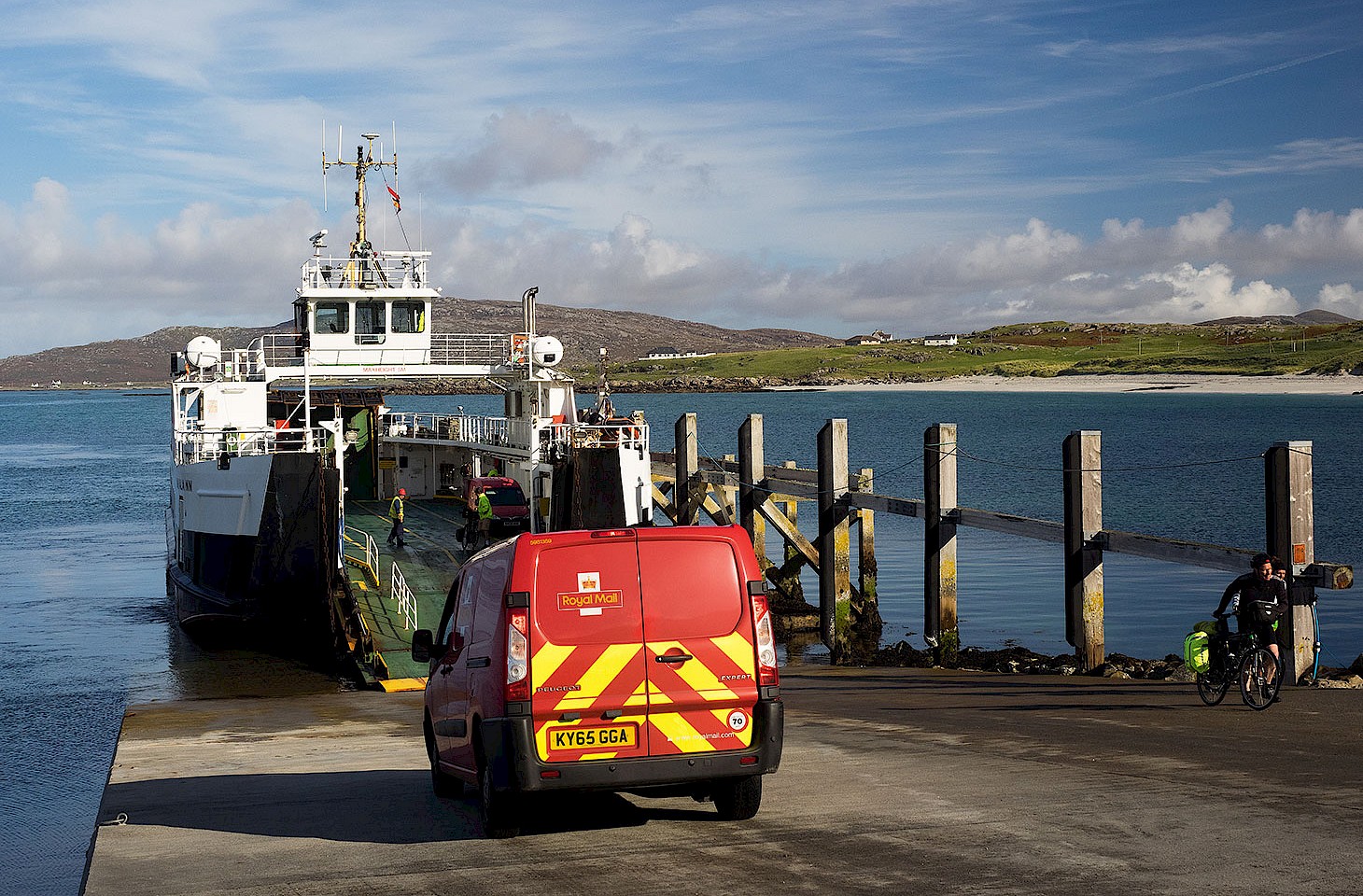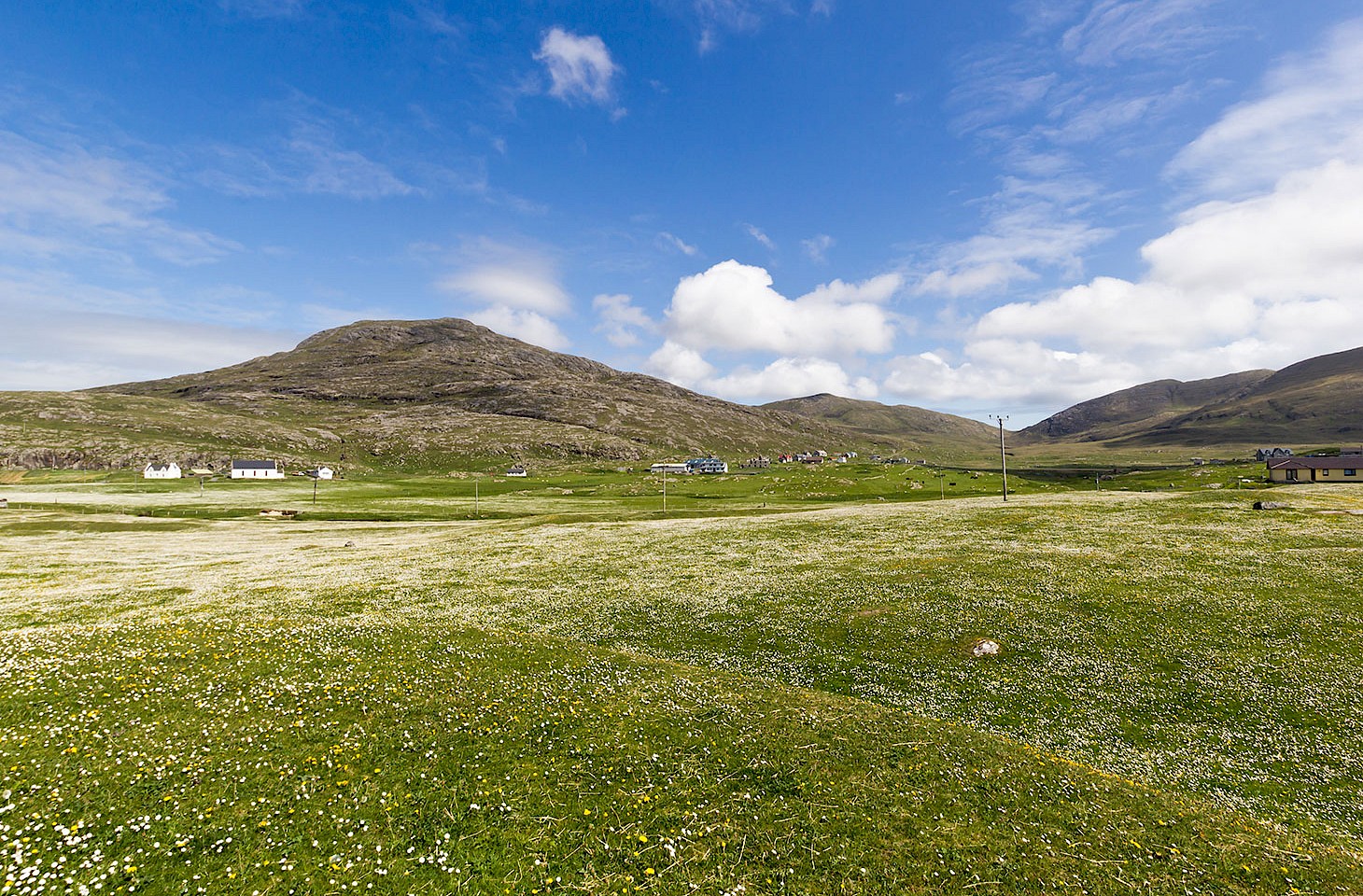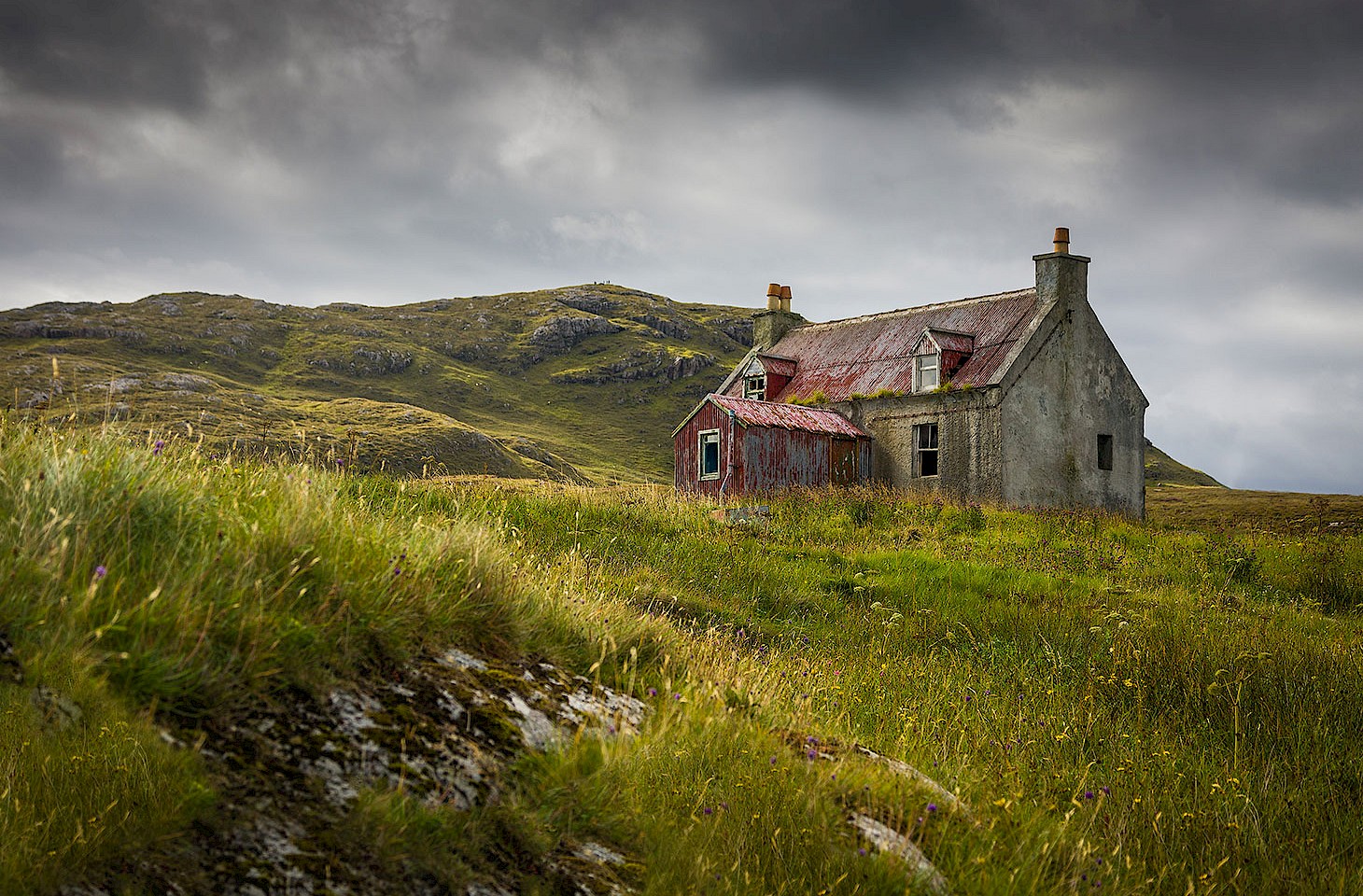As paddle steamers go, the Suisse is a grande dame . Built in 1910, she still plies the waters of Lake Geneva. From the upper deck there is a fine view of Peilz Island as the Suisse makes her regular late morning run west from Villeneuve towards Saint-Gingolph on the French border. Behind us, the steep slopes of Mont d’Arvel rise up behind Villeneuve. The captain of the Suisse, a man well versed in the vagaries of the winds and the currents in this uppermost part of Lake Geneva, takes care to leave the Île de Peilz off to port, but we pass close enough to get a good view of the single plane tree which so perfectly occupies and dominates this tiny Swiss island.
The plane is of course the favoured tree of shade-seeking storytellers and philosophers from Aesop to Aristotle. And it is the perfectly symmetrical shape of the plane tree which gives character to Peilz, one of only seven islands in Lake Geneva and the only one which, being well out in the lake, really looks like an island. That lone tree is as central to the identity of Peilz island as a moody volcano is to Stromboli. There is a story that the Île de Peilz was once given as a gift to England’s Queen Victoria.
Mapping the identity of islands often comes down to a single thing. The island in The Tempest is shaped by Caliban, just as the Scottish island of Iona is largely defined by its historical association with Saint Columba and the group of Irish missionaries who landed in the Inner Hebrides in 563 ad.
So what is it about islands that so captures the imagination?




